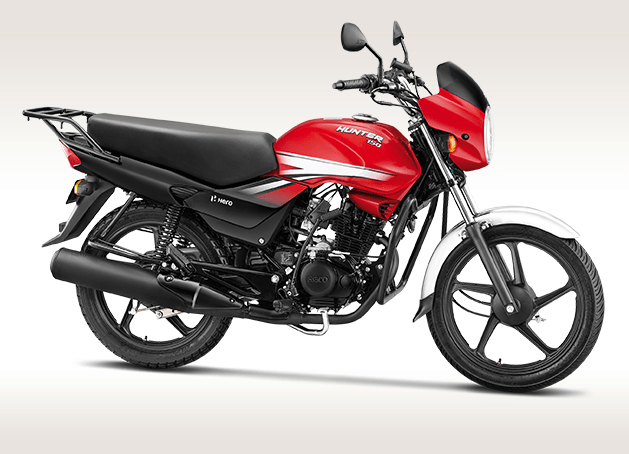India’s automotive industry has transformed through the new Bharat Stage VI (BS6) emission standards. This law helps reduce pollution from vehicles and has had a big impact on the commercial vehicle industry. Moreover, these stricter emission standards have enhanced the transportation sector with optimal performance and sustainability.
Bharat Stage VI Overview
Bharat Stage VI is the latest process of emission regulations in India that was introduced in worldwide environmental standards. These principles command severe limits on the discharge of pollutants from combustion engines. Moreover, the Mahindra Truck is engineered with a BS6 engine that helps make transportation greener.
Besides, they have a crucial impact on reducing nitrogen oxide, particulate matter, and hydrocarbon discharges. The implementation of BS-VI is a huge leap forward from the past BS-IV principles and is important for India’s commitment to environmental sustainability.
Implications for Commercial Vehicles
The adoption of BS-VI has a wide range of implications for the commercial vehicle industry. Moreover, the manufacturers were expected to put resources into cutting-edge emission control advancements, like selective catalytic reduction and diesel particulate filters.
At the same time, this assists them with meeting strict emission limits for a sustainable environment. This shift to cleaner advancements has developed air quality and raised the technological culture of commercial vehicles.
Technological Advancements
Commercial vehicle manufacturers have integrated advanced innovations into their products to comply with BS-VI standards. Moreover, these include superior engine management systems, exhaust after-treatment frameworks, and improved fuel injection systems. Accordingly, these improvements reduce discharges and enhance vehicle performance and eco-friendliness.
Challenges in Adoption
The transition to BS-VI norms is a challenge for both manufacturers and fleet operators. The upfront costs associated with upgrading to compliant technologies were important, impacting the pricing of commercial vehicles. However, the long-term benefits in terms of reduced operating costs and environmental impact have made the transition imperative for sustainable business practices.
Fuel Quality and Infrastructure
The effective execution of BS-VI guidelines additionally relies on the accessibility of superior fuel. The government has taken measures to guarantee the accessibility of BS-VI-consistent fuel to the nation. However, challenges in infrastructure improvement, including the accessibility of AdBlue for SCR systems, have been a focus point for partners in the commercial vehicle landscape.
Environmental Impact
The important goal of BS-VI is to reduce vehicular emissions and relieve the effect of transportation on air quality. Moreover, the implementation of these guidelines has prompted a noticeable reduction in pollution discharged by commercial vehicles. Moreover, the Ashok Leyland truck, contributes to the improvement of air quality in urban and modern regions.
Navigating the Regulatory Landscape
- Collaboration and Compliance: Manufacturers in the commercial vehicle area have explored the BS-VI regulatory landscape through cooperation with innovation suppliers and adherence to severe consistency measures. Collaborative endeavours have facilitated information transfer and innovation reception, guaranteeing that vehicles follow the prescribed emission standards.
- R&D Investments: Research and development have been vital in exploring the regulatory perspective. Manufacturers have allotted significant assets to enhance and foster advancements that consent to BS-VI guidelines and position their items seriously on the lookout. This obligation to research and development has driven improvements in engine effectiveness and emissions reduction.
- Educating Stakeholders: Exploring the BS-VI landscape required specific education and communication techniques. Producers participated in overall outreach projects to teach fleet administrators, drivers, and maintenance staff about the specialised parts of BS-VI-compliant vehicles. This proactive methodology has worked with smoother progress and acknowledgement of the innovation.
- Adapting Business Models: The BS-VI transition started a reassessment of plans of action inside the commercial vehicle sector. Manufacturers examined opportunities for giving incorporated arrangements, including maintenance bundles and telematics, to improve the presentation and proficiency of the BS-VI-consistent fleet. Adjusting business models has been critical for supporting benefits in the advancing administrative climate.
The Ending Thoughts
The adoption of Bharat Stage VI emission guidelines has been a milestone advancement in India’s commercial vehicle area. While the progress introduced difficulties, it has moved the business toward cleaner, more proficient technologies.
Manufacturers and partners have effectively explored the administrative landscape by embracing mechanical advancement, collaborating with industry accomplices, and adjusting their business actions.
The journey to BS-VI consistency features the commitment to natural sustainability and positions the commercial vehicle area for a future described by development, effectiveness, and reduced ecological effect.
For more information about the BS6 emission norms in India, stay tuned with us.










